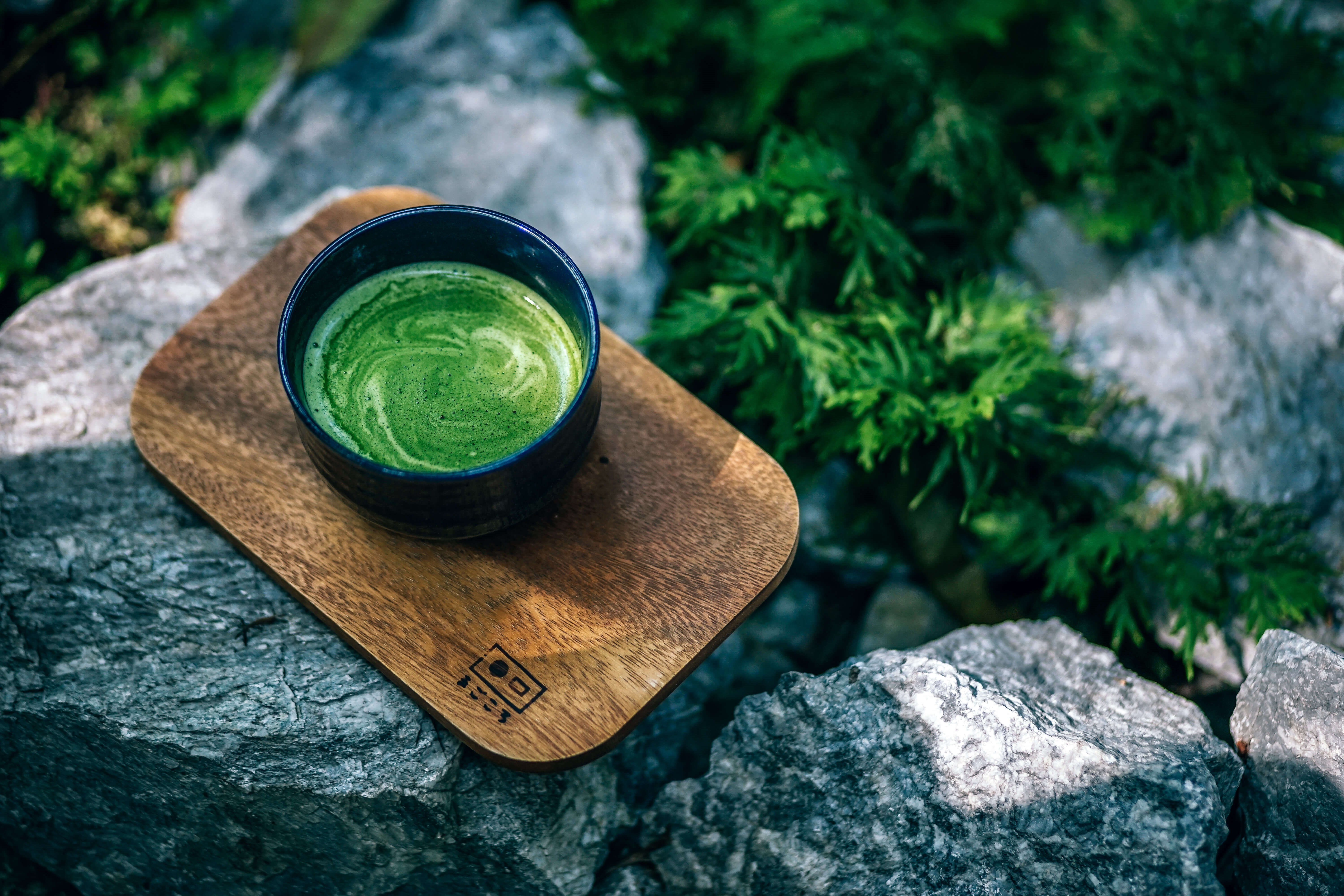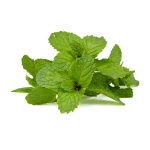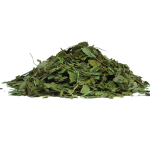Introduction Green tea powder, also known as matcha, has garnered immense attention in recent years for its plethora of health benefits and versatility. Originating from Japan, this finely ground powder is derived from specially grown and processed green tea leaves. Renowned for its vibrant color, distinctive flavor, and numerous health-promoting properties, green tea powder has become a staple in many households worldwide. In this comprehensive guide, we delve into the origins, production process, health benefits, culinary uses, and tips for incorporating green tea powder into your daily routine.
Origins and Production Process Green tea powder traces its origins back to China during the Tang dynasty (618–907 AD), where it was initially used for medicinal purposes before evolving into a beloved beverage. However, it was in Japan where green tea powder gained prominence, particularly in the form of the revered Japanese tea ceremony, known as Chanoyu or Sado. The meticulous cultivation and processing methods employed in Japan contribute to the exceptional quality and flavor of matcha.
The production process of green tea powder involves several intricate steps. First, tea bushes are shaded for a few weeks before harvest to stimulate the production of chlorophyll and amino acids, enhancing the flavor and nutritional profile of the leaves. After harvesting, only the youngest and most tender leaves are selected. These leaves undergo steaming to prevent oxidation, followed by drying and deveining to produce tencha, the precursor to matcha. The tencha leaves are then ground into a fine powder using traditional stone mills, resulting in the vibrant green powder known as matcha.
Health Benefits Green tea powder is renowned for its numerous health benefits, attributed to its high concentration of antioxidants, vitamins, and minerals. One of the most notable compounds found in matcha is epigallocatechin gallate (EGCG), a potent antioxidant known for its anti-inflammatory and cancer-fighting properties. Additionally, matcha contains L-theanine, an amino acid that promotes relaxation and mental clarity.
Research suggests that regularly consuming green tea powder may offer a myriad of health benefits, including:
- Improved heart health: Green tea powder has been linked to lower levels of LDL cholesterol and triglycerides, reducing the risk of heart disease.
- Enhanced cognitive function: The combination of caffeine and L-theanine in matcha may improve focus, memory, and cognitive performance.
- Weight management: Matcha has been shown to boost metabolism and promote fat oxidation, aiding in weight loss and management.
- Detoxification: The chlorophyll content in green tea powder supports detoxification by eliminating toxins and heavy metals from the body.
- Immune support: The antioxidants in matcha help strengthen the immune system and protect against oxidative stress.
Culinary Uses and Recipes Beyond its traditional use as a ceremonial beverage, green tea powder has gained popularity as a versatile ingredient in various culinary applications. Its vibrant color and distinct flavor make it a favorite among chefs and home cooks alike. Here are some creative ways to incorporate green tea powder into your culinary creations:
- Matcha Latte: A creamy and indulgent beverage made by whisking matcha powder with steamed milk and a touch of sweetener.
- Matcha Smoothie: A nutritious and refreshing smoothie packed with fruits, vegetables, protein, and a teaspoon of matcha powder for an added antioxidant boost.
- Matcha Overnight Oats: A simple and nutritious breakfast option combining rolled oats, almond milk, Greek yogurt, honey, and matcha powder, left to soak overnight for a convenient morning meal.
- Matcha Ice Cream: A creamy and decadent dessert infused with the earthy flavor of matcha, perfect for cooling off on a hot summer day.
- Matcha Baked Goods: From cookies and cakes to muffins and scones, matcha adds a unique twist to your favorite baked treats, imparting a vibrant green hue and subtle tea flavor.
Tips for Incorporating Green Tea Powder Into Your Daily Routine To fully reap the benefits of green tea powder, consider the following tips for incorporating it into your daily routine:
- Choose high-quality matcha: Opt for ceremonial-grade or culinary-grade matcha from reputable sources to ensure purity and potency.
- Experiment with dosage: Start with a small amount of matcha and gradually increase the dosage according to your taste preferences and tolerance to caffeine.
- Use proper preparation techniques: Whisk matcha powder with hot water using a bamboo whisk (chasen) in a zigzag motion to create a frothy and smooth texture.
- Store matcha properly: Keep green tea powder in an airtight container away from light, heat, and moisture to preserve its freshness and flavor.
- Get creative: Don’t be afraid to experiment with different recipes and culinary applications to discover new and exciting ways to enjoy matcha.
Conclusion Green tea powder, with its rich history, exceptional flavor, and myriad health benefits, continues to captivate enthusiasts around the globe. Whether enjoyed as a soothing beverage, incorporated into culinary creations, or used for its medicinal properties, matcha offers a versatile and convenient way to enhance both physical and mental well-being. By understanding its origins, production process, health benefits, and culinary uses, you can embark on a journey of discovery and exploration with green tea powder as your trusted companion.












